.webp)
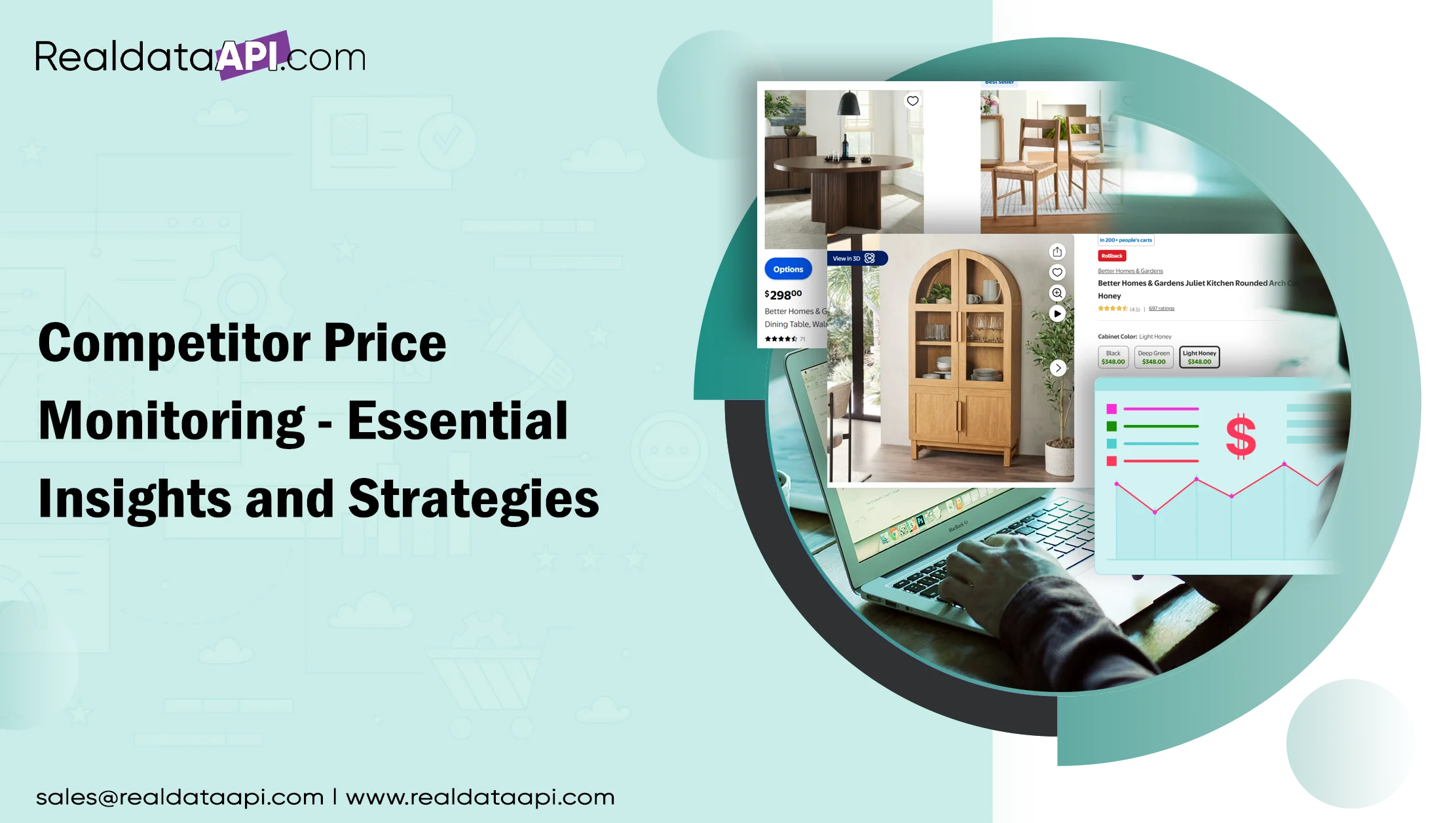
Introduction
In today’s highly competitive digital marketplace, businesses must adapt to constantly changing pricing trends to stay ahead. Competitor price monitoring has become an essential practice for eCommerce brands, retailers, and enterprises looking to optimize pricing strategies, maximize profitability, and enhance customer satisfaction.
With the rise of price monitoring tools and price tracking software, businesses can now track competitor prices in real time, gain insights into pricing trends, and implement dynamic pricing strategies. This article explores the importance of competitor pricing analysis, different approaches to automated price monitoring, and the best price intelligence solutions available today.
What is Competitor Price Monitoring?
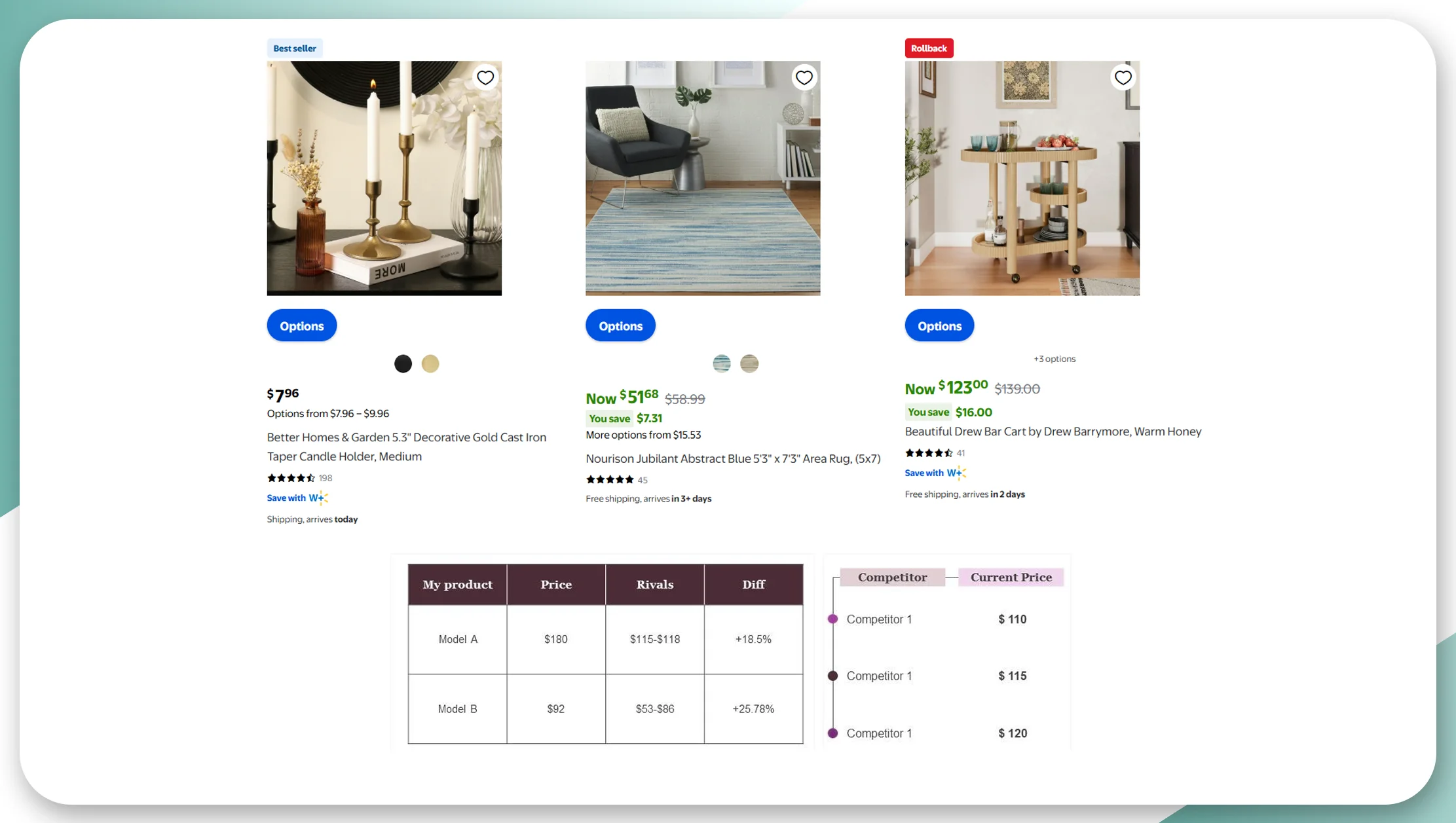
Competitor price monitoring is the process of tracking and analyzing competitor pricing data to adjust your own prices strategically. By leveraging advanced price monitoring tools, businesses can gain valuable insights into pricing trends, promotions, and market fluctuations, enabling them to maintain a competitive edge.
A strong competitive pricing strategy ensures that businesses remain attractive to customers while maximizing profitability. With real-time price tracking, companies can monitor changes in competitor pricing as they happen and respond swiftly with adjustments that align with market demands.
Automated price monitoring streamlines this process by collecting and analyzing data without manual effort. This helps businesses implement dynamic pricing analysis, where prices are adjusted based on demand, competition, and other external factors. Whether you're an eCommerce retailer or a large enterprise, competitor price monitoring plays a crucial role in optimizing pricing strategies, improving sales, and staying ahead in the ever-changing marketplace.
Why is Competitor Price Monitoring Important?
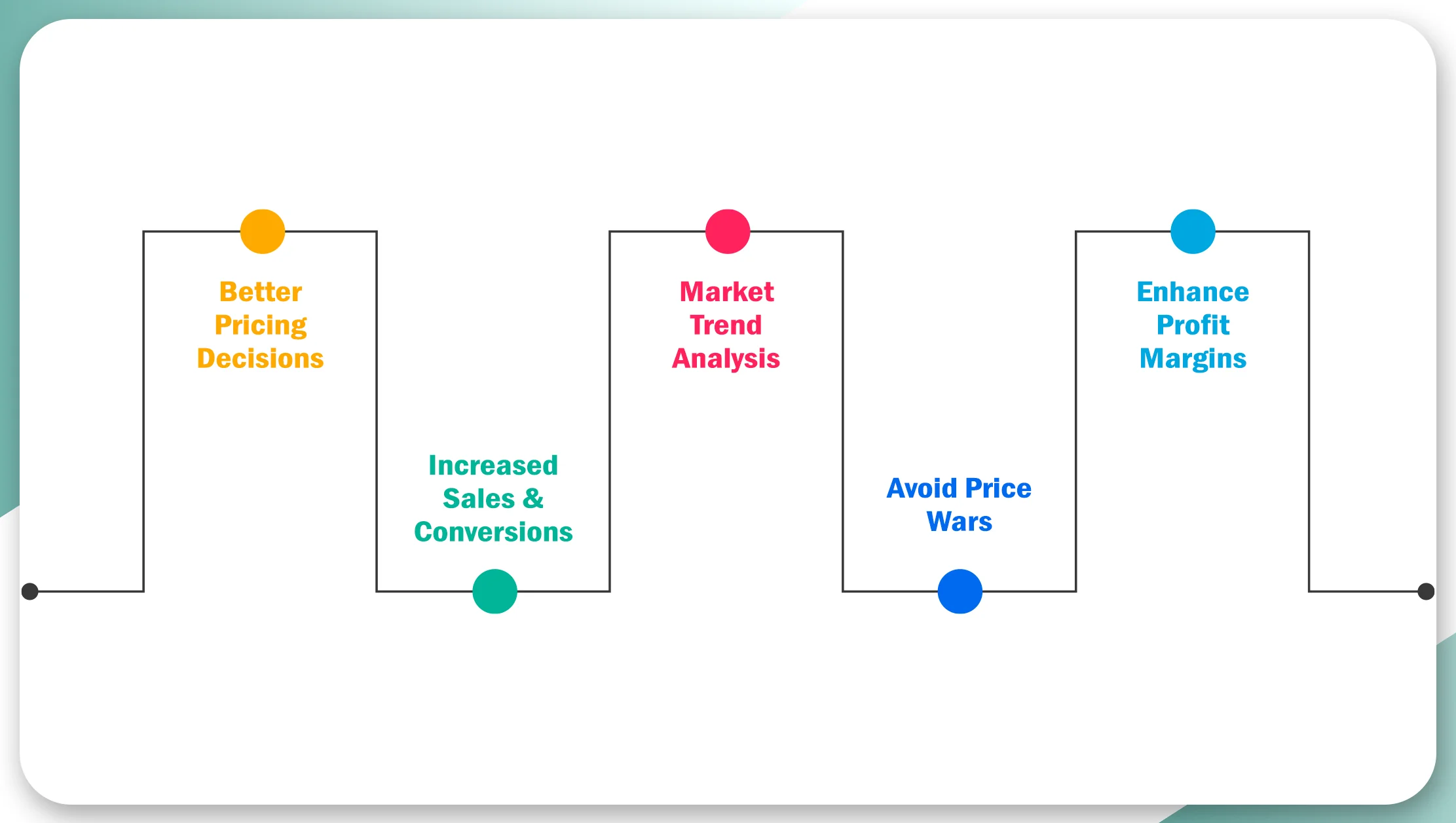
Competitor price monitoring is crucial for businesses looking to stay competitive in a rapidly evolving market. By leveraging competitor pricing analysis, companies can make data-driven decisions that optimize pricing strategies and enhance profitability.
Better Pricing Decisions: Businesses can use price intelligence solutions to set competitive prices based on real-time price tracking and market data, ensuring they remain attractive to customers.
Increased Sales & Conversions: A well-implemented competitive pricing strategy helps attract more customers and improves conversion rates by offering the best value.
Market Trend Analysis: Tracking pricing trends allows businesses to identify shifts in customer demand and adjust their strategies accordingly.
Avoid Price Wars: With online price comparison, businesses can monitor competitor pricing and avoid unnecessary price wars that may erode profit margins.
Enhance Profit Margins: A strategic approach to competitor pricing analysis ensures maximum profitability without sacrificing market share.
By utilizing automated price monitoring and price intelligence solutions, businesses can stay ahead of competitors, optimize their pricing strategies, and improve overall revenue growth in a competitive digital marketplace.
Key Benefits of Using Price Monitoring Tools
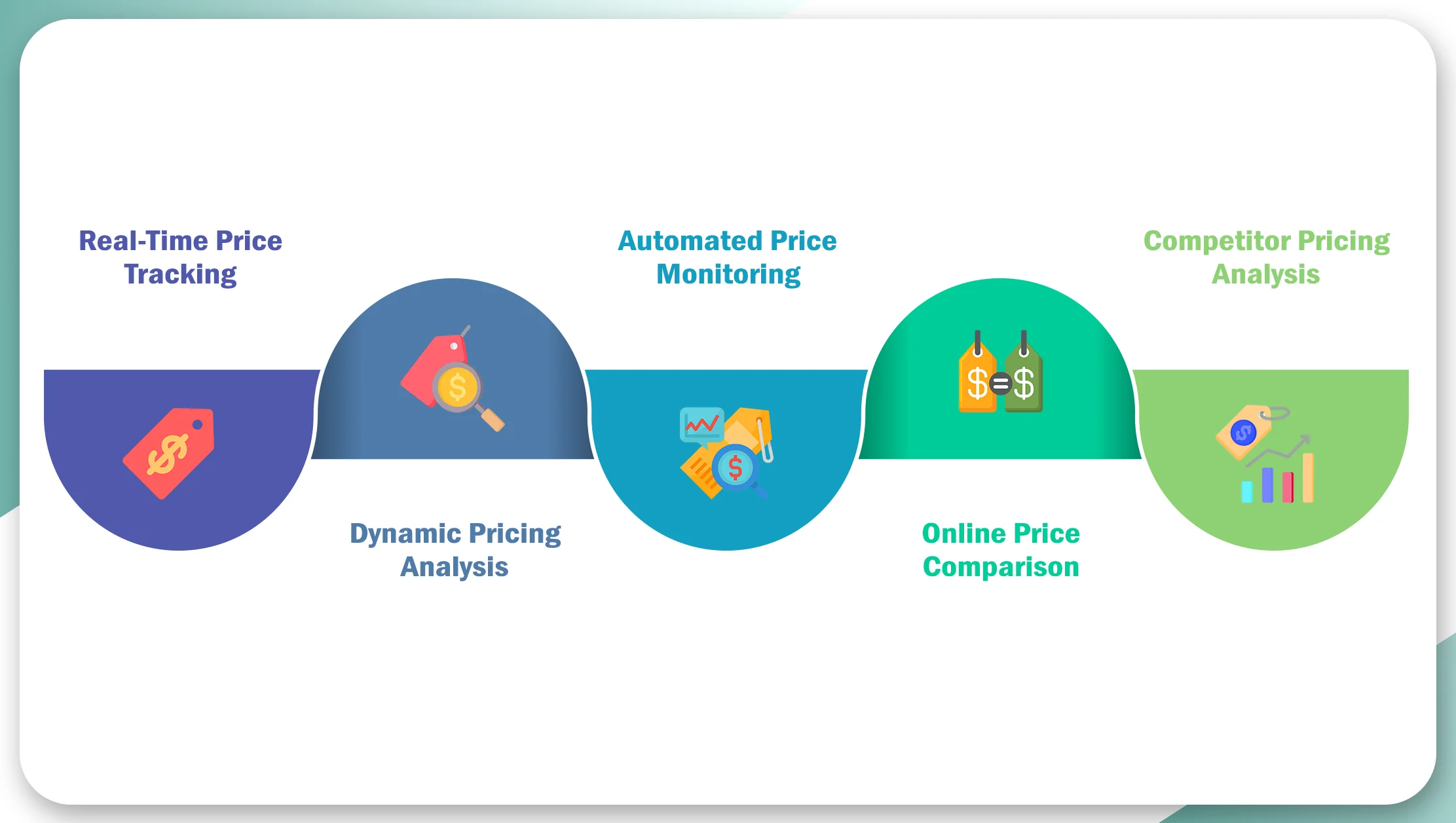
With technological advancements, price monitoring tools have become essential for businesses that want to stay ahead in a competitive marketplace. Here are some key benefits:
Real-Time Price Tracking
Real-time price tracking ensures businesses can quickly adapt to market fluctuations. Price tracking software continuously monitors competitor prices and sends alerts about any changes, allowing businesses to adjust their prices dynamically and maintain a competitive edge.
Dynamic Pricing Analysis
Competitor price monitoring enables businesses to implement dynamic pricing analysis, where prices are adjusted based on demand, competitor pricing, and market conditions. Industry leaders like Amazon use this approach to stay competitive and maximize profits through strategic pricing adjustments.
Automated Price Monitoring
Manual price tracking is inefficient and prone to errors. Automated price monitoring eliminates manual effort by continuously tracking competitor prices without human intervention. This ensures businesses receive accurate and up-to-date pricing insights to make informed decisions.
Online Price Comparison
Customers frequently compare prices across multiple platforms before making a purchase. Online price comparison tools help businesses identify pricing gaps, adjust their pricing accordingly, and remain attractive to potential buyers.
Competitor Pricing Analysis for Better Decision-Making
Competitor pricing analysis provides valuable insights into pricing trends, seasonal changes, and promotional strategies. By leveraging this data, businesses can refine their competitive pricing strategy, maximize revenue, and maintain their market position.
Utilizing price monitoring tools is no longer optional—it’s a necessity for businesses aiming to optimize pricing, enhance profitability, and outperform competitors.
How to Implement Competitor Price Monitoring?
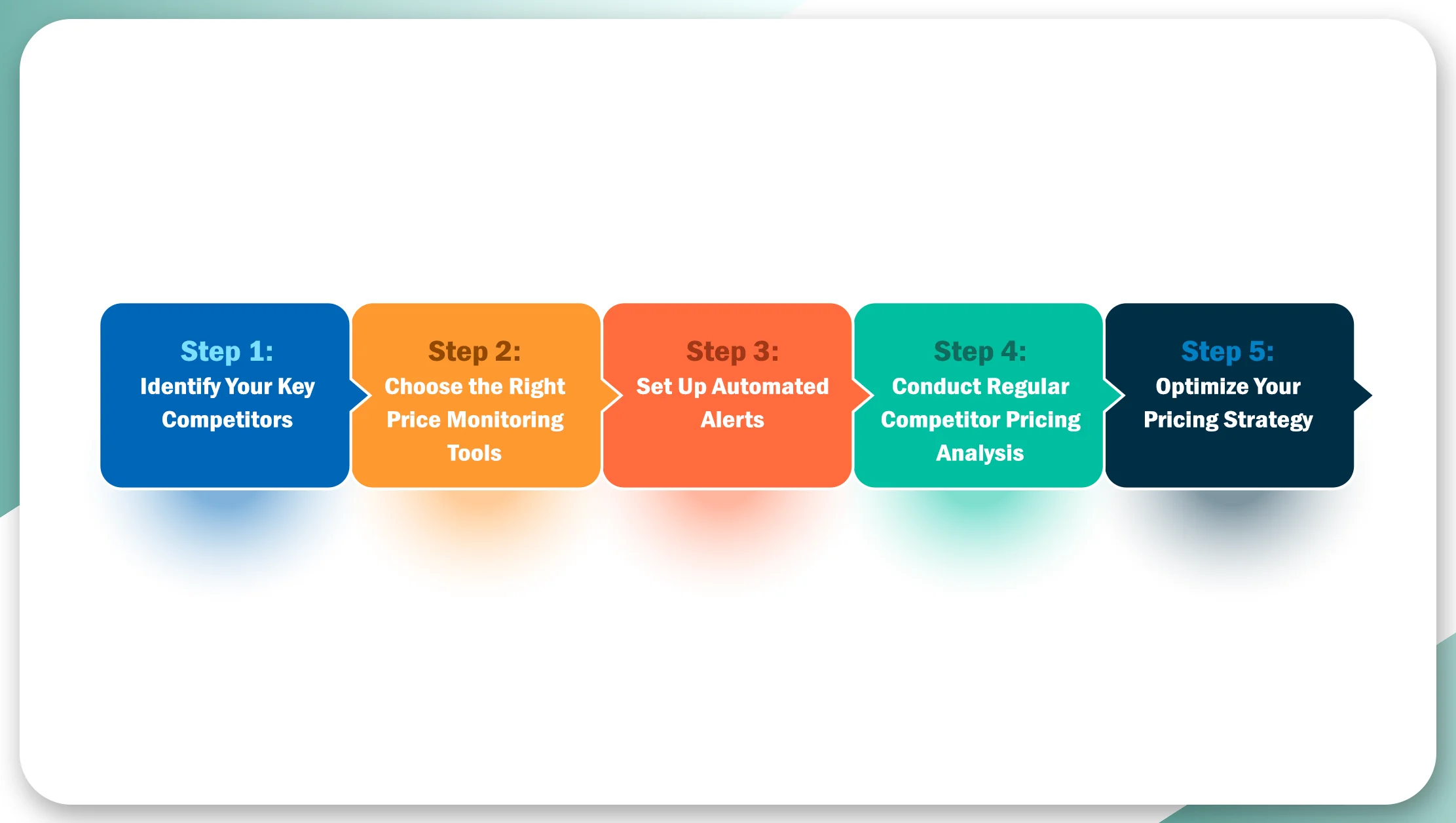
Step 1: Identify Your Key Competitors
The first step is identifying direct competitors who sell similar products or services. Key factors to consider include:
- Market presence
- Pricing strategy
- Product range
- Customer reviews
Step 2: Choose the Right Price Monitoring Tools
Several price tracking software options are available to automate competitor price monitoring. Some popular tools include:
- Actowiz Solutions – Real-time competitor price tracking for eCommerce.
- Mobile App Scraping – Price intelligence solutions for retailers.
- Real Data API – Automated price monitoring and analysis.
- Product Data Scrape – Amazon repricing tool for dynamic pricing.
Step 3: Set Up Automated Alerts
Configure your automated price monitoring tool to send alerts when competitors adjust their prices. This enables businesses to make pricing changes quickly and stay competitive.
Step 4: Conduct Regular Competitor Pricing Analysis
A detailed competitor pricing analysis ensures businesses stay aware of trends and make informed pricing decisions. Consider:
- Seasonal pricing fluctuations
- Competitor discount strategies
- Product bundling tactics
Step 5: Optimize Your Pricing Strategy
Use insights from price intelligence solutions to adjust prices dynamically, ensuring profitability and competitiveness.
Best Price Monitoring Tools for Businesses
Here’s a look at some of the best price tracking software and price monitoring tools available today:
1. Actowiz Solutions
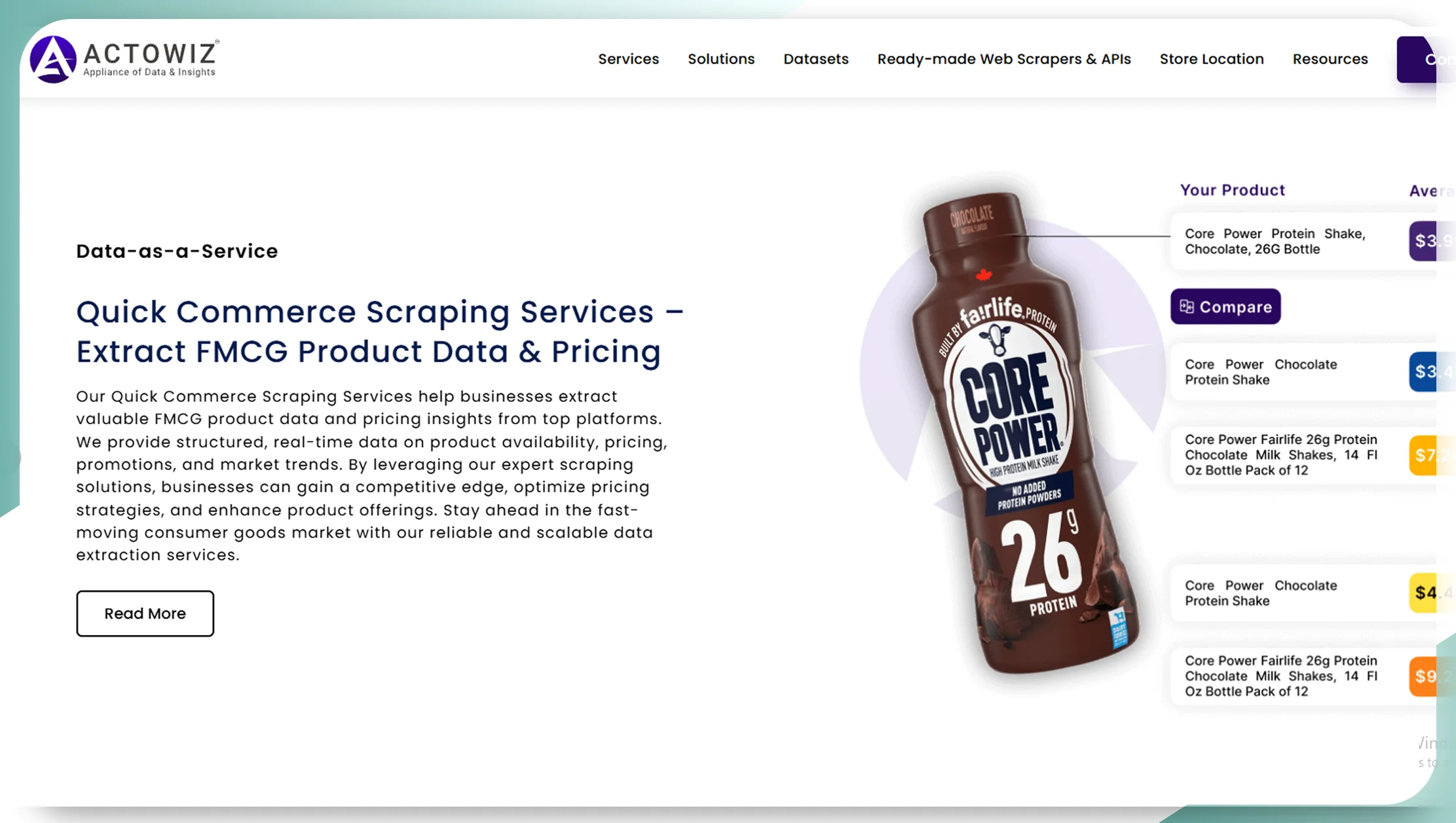
A cloud-based competitor price monitoring tool designed for eCommerce businesses.
- Real-time price tracking
- Automated price updates
- Comprehensive pricing reports
2. Mobile App Scraping
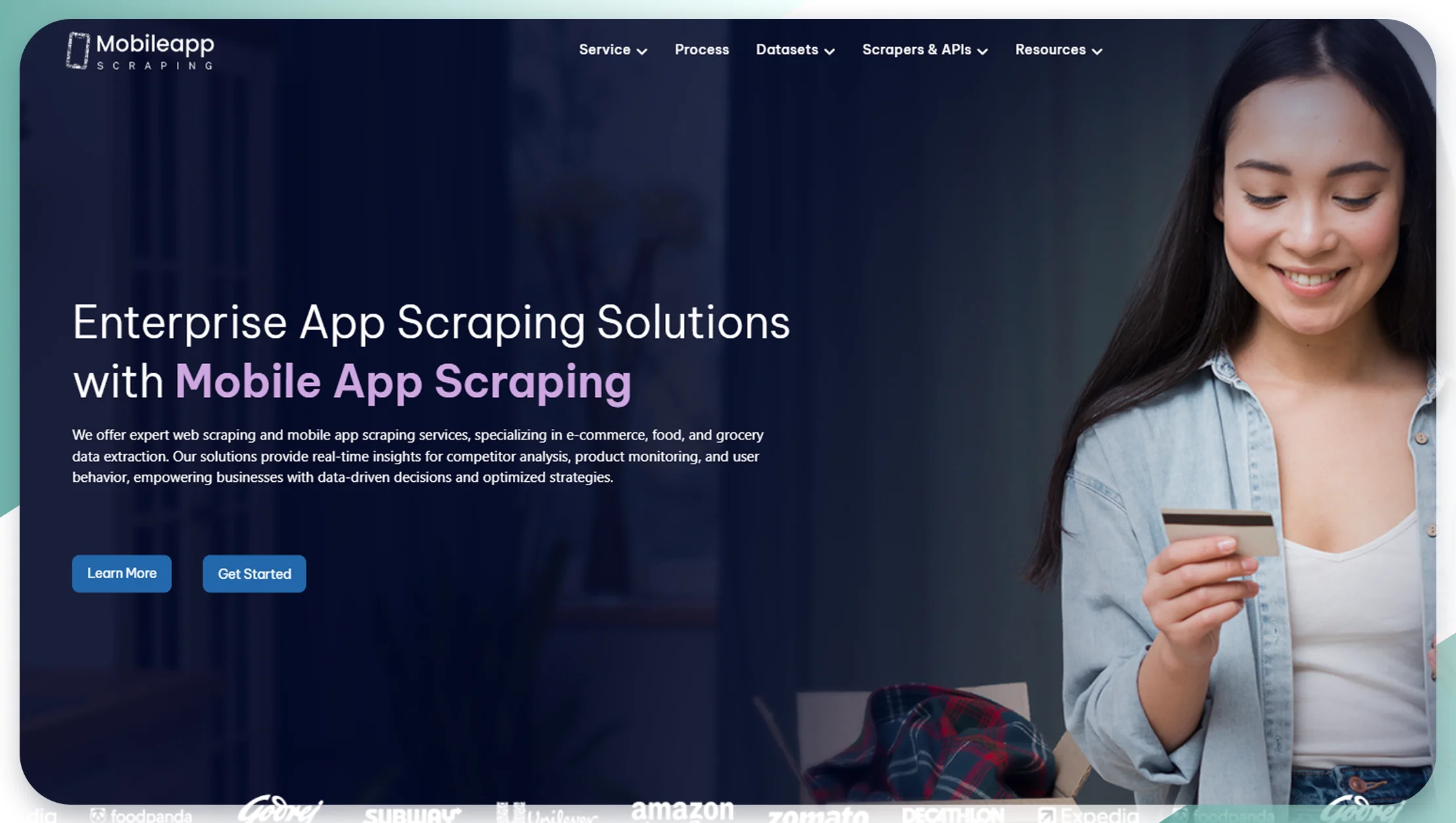
Offers automated competitor pricing analysis with detailed insights.
- Dynamic pricing analysis
- API integration for price tracking
- Historical pricing data
3. Real Data API
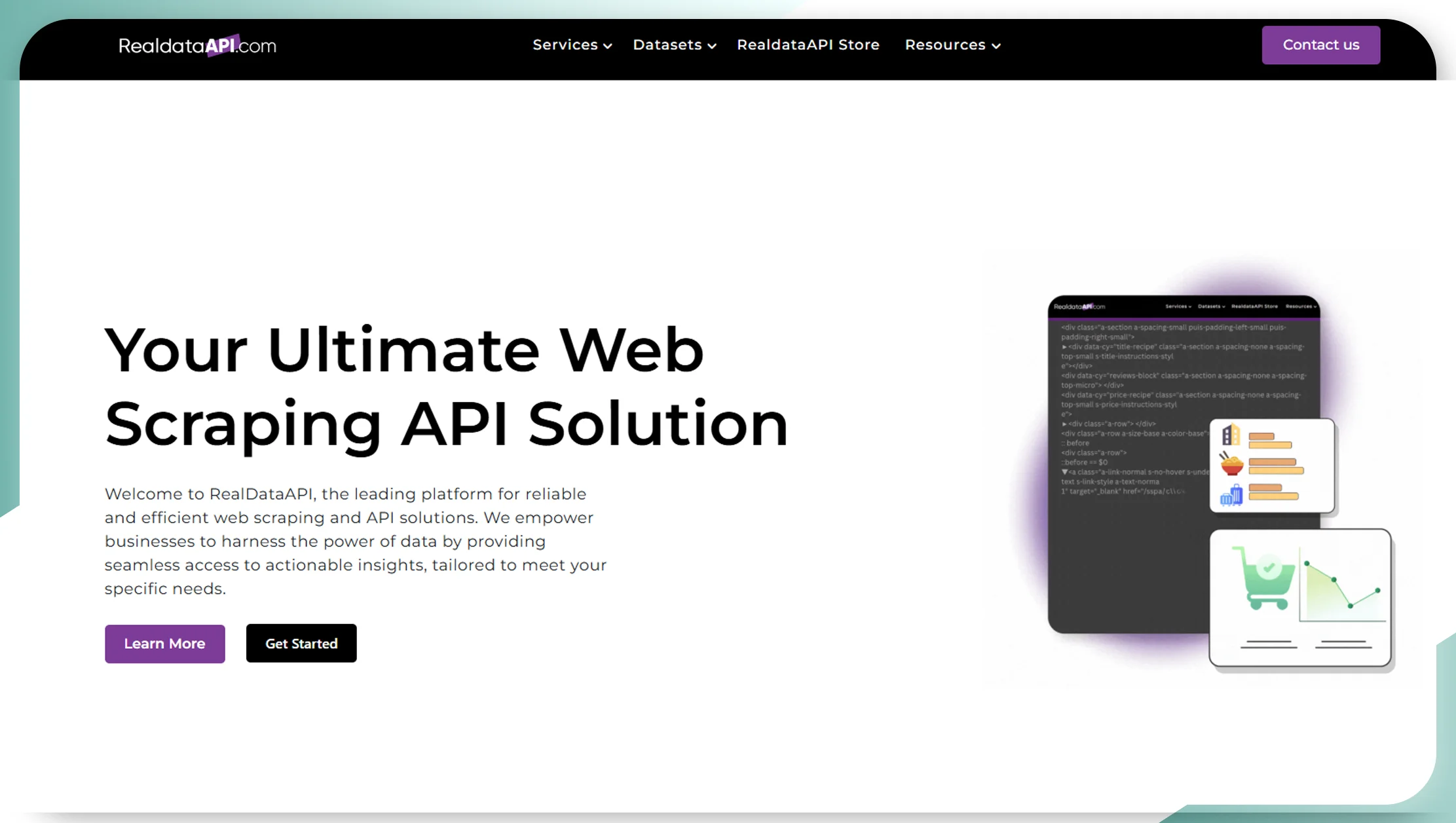
An AI-driven price intelligence solution for Amazon sellers.
- Automated price adjustments
- Competitive pricing strategy tools
- Price history tracking
4. Product Data Scrape
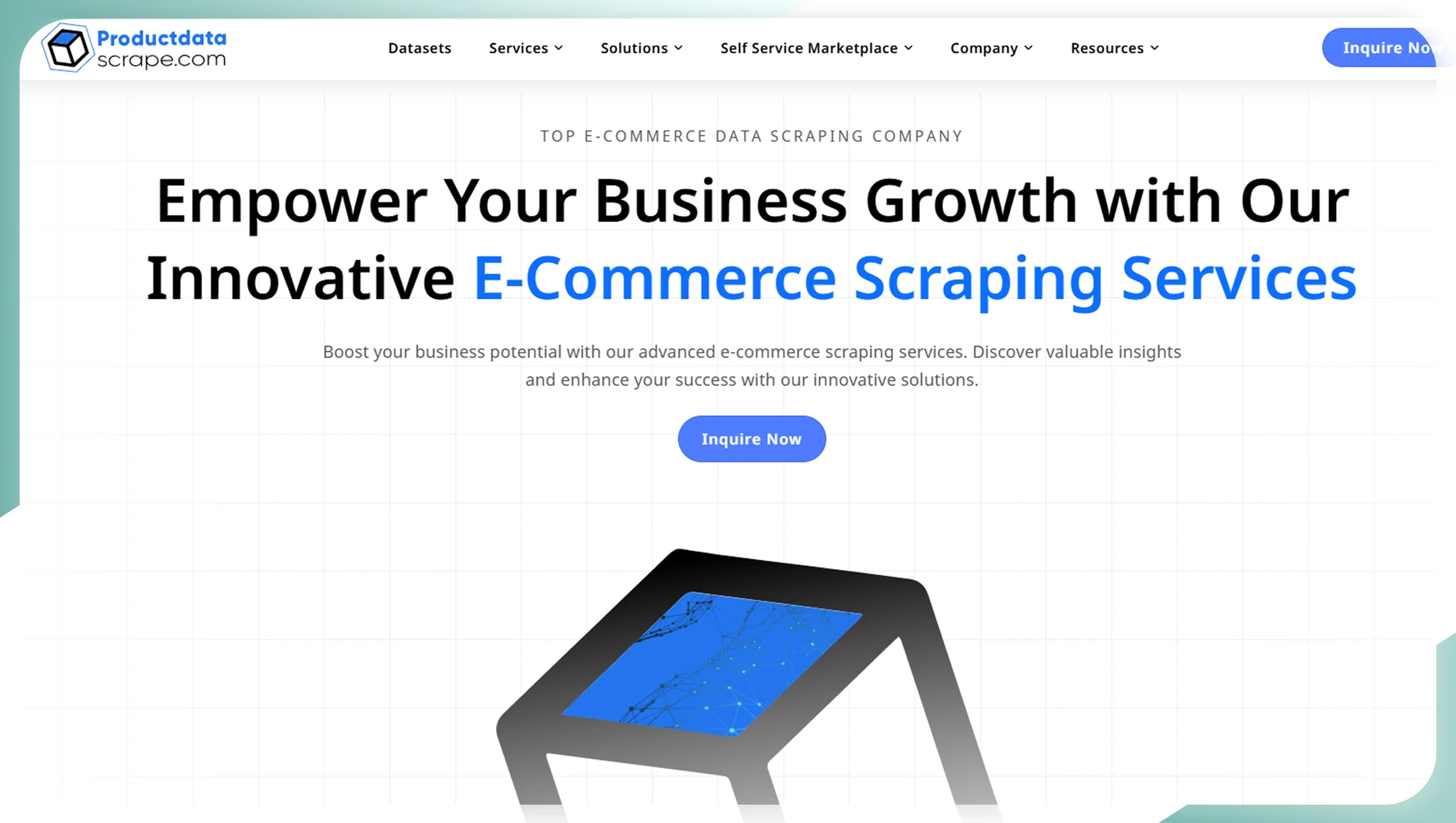
Ideal for online price comparison and competitor benchmarking.
- Competitive analysis reports
- Customizable tracking features
- Price elasticity analysis
Challenges of Competitor Price Monitoring
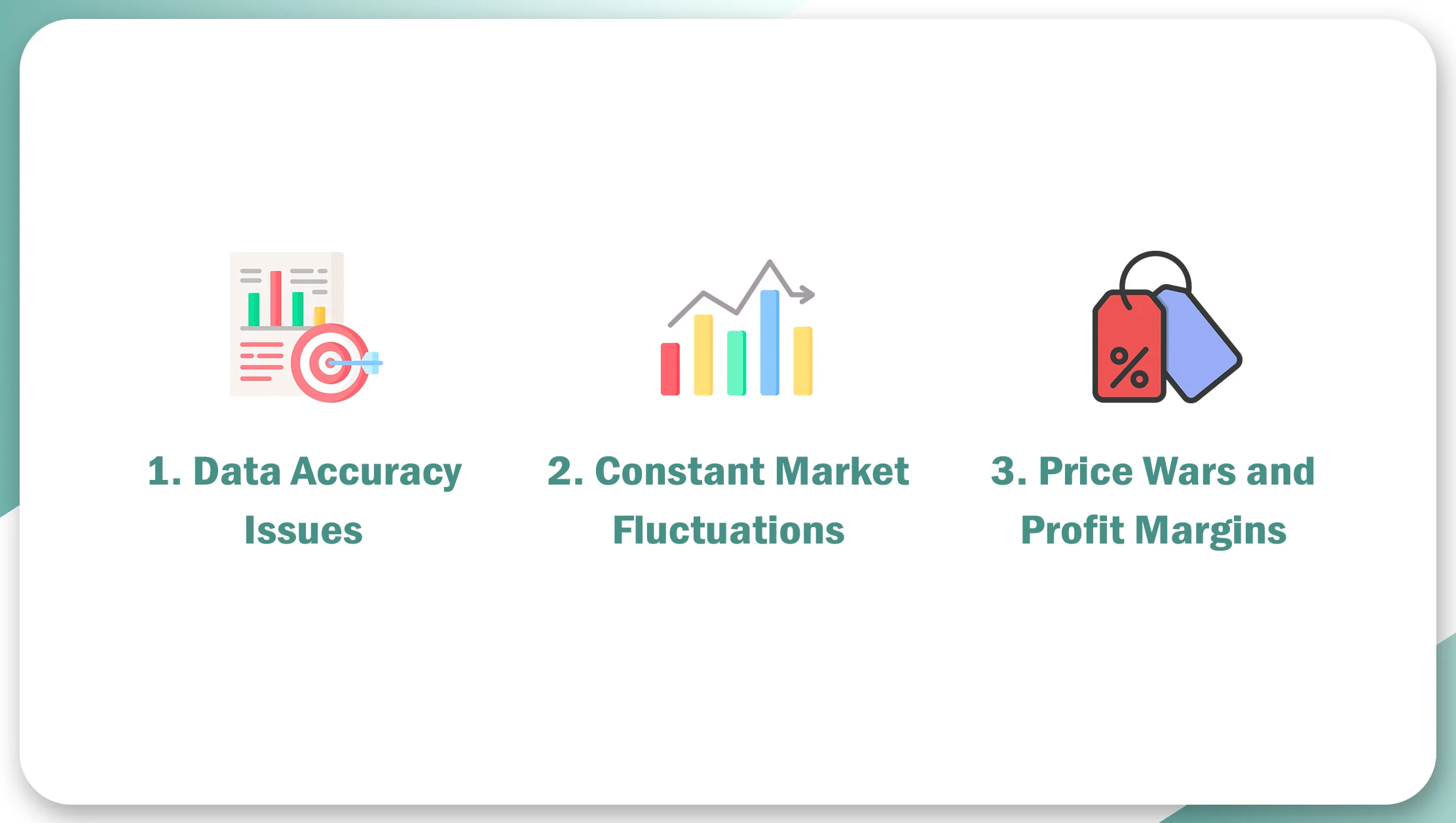
While competitor price monitoring provides numerous advantages, it also comes with challenges:
1. Data Accuracy Issues
Inaccurate data collection can result in misleading pricing strategies. Choosing reliable price monitoring tools is crucial for accurate insights.
2. Constant Market Fluctuations
Prices change rapidly, especially in industries like fashion, electronics, and FMCG. Businesses need real-time price tracking to stay updated.
3. Price Wars and Profit Margins
Excessive focus on competitor pricing can lead to price wars, eroding profit margins. A balanced approach is essential to maintain profitability.
Future Trends in Price Monitoring and Competitive Pricing
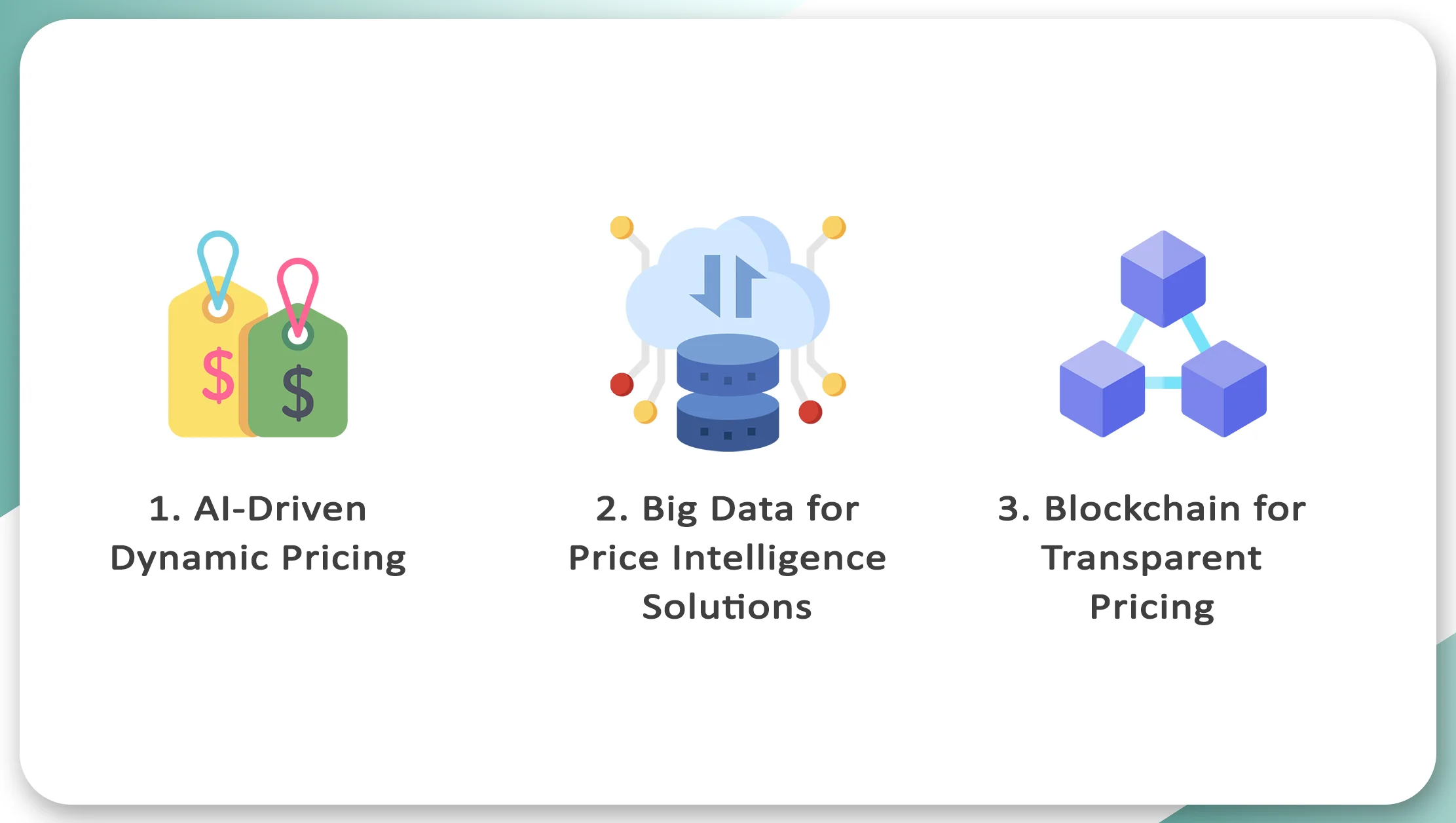
As technology continues to evolve, price intelligence solutions are becoming more advanced, helping businesses stay ahead in a competitive marketplace. Here are some key trends shaping the future of competitor pricing analysis and automated price monitoring.
1. AI-Driven Dynamic Pricing
Artificial intelligence is revolutionizing dynamic pricing analysis by allowing businesses to optimize pricing strategies based on real-time price tracking. AI-powered algorithms analyze competitor pricing analysis, demand fluctuations, and market conditions to adjust prices dynamically. This ensures businesses remain competitive while maximizing profits.
2. Big Data for Price Intelligence Solutions
The integration of big data in price intelligence solutions will offer deeper insights into pricing trends, customer behavior, and market dynamics. Businesses can use these insights to improve automated price monitoring, refine competitive pricing strategies, and predict future pricing trends with greater accuracy.
3. Blockchain for Transparent Pricing
Blockchain technology has the potential to revolutionize online price comparison by ensuring transparency and trust in eCommerce pricing strategies. By decentralizing price data, blockchain could prevent price manipulation and provide customers with accurate, real-time pricing information. Businesses adopting blockchain for competitor price monitoring may gain a competitive advantage by enhancing trust and credibility in their pricing models.
The future of price intelligence solutions will be driven by AI, big data, and blockchain, enabling businesses to implement dynamic pricing analysis, improve automated price monitoring, and leverage competitor pricing analysis for smarter decision-making. Staying ahead of these trends will be crucial for businesses looking to maintain a competitive edge in the digital marketplace.
Conclusion
Competitor price monitoring is a vital strategy for businesses looking to stay ahead in the market. With the right price tracking software, businesses can implement an effective competitive pricing strategy, automate price monitoring, and make data-driven decisions.
Whether you’re a small retailer or a large eCommerce brand, leveraging price intelligence solutions and real-time price tracking can help you optimize pricing, attract customers, and maximize profitability. By using advanced automated price monitoring tools and conducting thorough competitor pricing analysis, businesses can achieve sustainable growth in today’s competitive landscape.
For even more precise insights, integrating Real Data API can enhance price monitoring tools by providing accurate, up-to-date competitor pricing information. This allows businesses to make strategic pricing decisions in real time.
Need help implementing a competitor price monitoring strategy? Explore top price monitoring tools today and stay ahead in the competitive pricing strategy game with Real Data API solutions!













